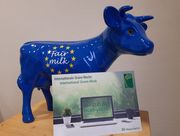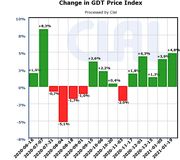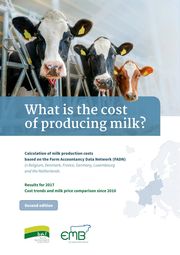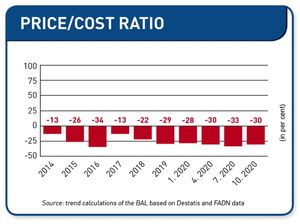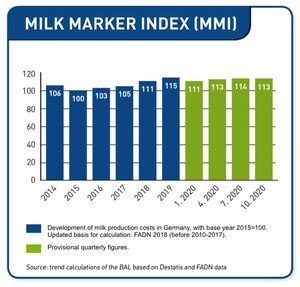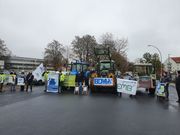EMB Newsletter January/February 2021
Newsletter as PDF
Contact
EMB - European Milk Board asbl
Rue de la Loi 155
B-1040 Bruxelles
Phone: +32 - 2808 - 1935
Fax: +32 - 2808 - 8265
Dear dairy farmers, dear interested parties,

As the year begins, I would like to wish you the very best, and especially good health in these times. I also hope that our farms will be blessed with lasting continuity and cost-covering prices. Because of the pandemic, this last year also forced us to rethink who we are as humans.
I would like to thank all the members of the EMB who voted for me at the last Members’ Assembly and supported me as the representative for Belgium within the Executive Committee. I will spare no effort in defending the values and vision of our organisation to the best of my ability, starting with my first contribution in the form of this editorial.
We all know that 2021 brings a number of challenges. The decade 2021-2030 shall be devoted to implementing the vision of the European Green Deal. In effect, Mr Timmermans aims to achieve a 50% reduction in pesticides, a 50% reduction in antibiotics, and a move toward 25% of agricultural land used for organic production. In the preparatory work for the new strategic plans of the CAP, where the EMB is represented by the Belgian milk producer organisation MIG in Wallonia, we have realised that the eco-schemes meant to guarantee a decent income for farmers will be difficult to put into practice. The last meetings with the European Parliament and the upcoming trilogue discussions essentially show that this is the case. In fact, many MEPs are in favour of maintaining the status quo and do not wish to significantly change a system (another subsidy per hectare) where 20% of farmers receive 80% of subsidies. All too often, it is stated that the foremost priority of the CAP is food production – for farming to ensure security of supply and food sovereignty. In other words, it has to feed an increasing number of people at the lowest possible cost.
However, we farmers have only one demand: to be able to exercise our profession and to earn a living from it; to be able to draw a decent income after deducting the real production costs calculated without speculation.
Even if production has increased yet again by 4% in October and November 2020, we must stay optimistic for 2021. Assuming that this new year will follow the same trend, the EMB must push for the implementation of the Market Responsibility Programme as a way of temporarily reducing supply in times of crises to ensure a viable price for us farmers. We hope that it will be easier again to defend our interests by meeting stakeholders on the ground face-to-face.
Let us all preserve our spirits and health to properly prepare for post-Covid times.
Guy Francq, EMB Executive Committee member and President of MIG Belgium
Producers count on Member States and the European Commission to approve important crisis instruments in trilogues
"Our understanding, also in the EPP, is that the European agricultural sector needs real crisis instruments."
Our unity is our strength!
Cell counting in France: a new standard against the backdrop of overestimation
Impressum
European Milk Board asbl
Rue de la Loi 155
B-1040 Bruxelles
Phone: +32 2808 1935
Fax: +32 2808 8265
E-Mail: office@europeanmilkboard.org
Website: http://www.europeanmilkboard.org

